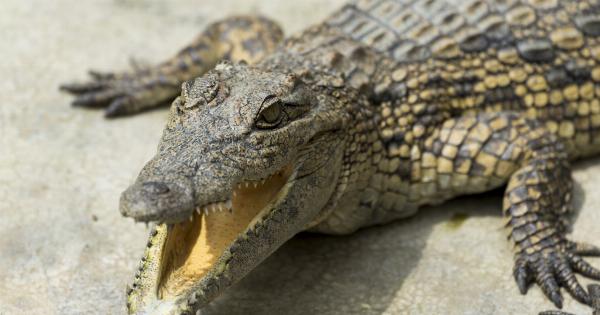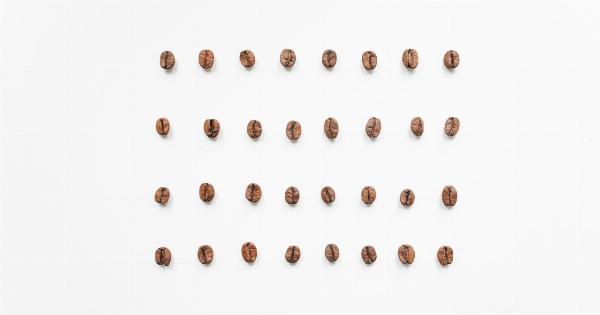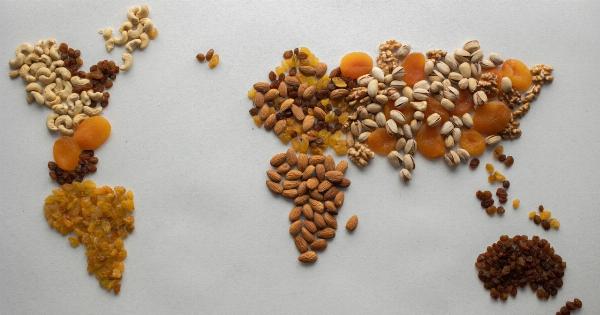Bile obstruction, also known as cholestasis, is a condition where the normal flow of bile from the liver to the small intestine is blocked or disrupted.
Bile is a yellowish-green fluid produced by the liver that aids in the digestion and absorption of fats. When bile cannot flow freely, it can lead to various symptoms and complications. In this article, we will explore the causes and symptoms of bile obstruction.
Causes of Bile Obstruction
There are several underlying conditions and factors that can cause bile obstruction. Understanding these causes is crucial for proper diagnosis and treatment. Here are some common causes of bile obstruction:.
1. Gallstones
Gallstones are one of the leading causes of bile obstruction. These are hard deposits that form in the gallbladder, a pear-shaped organ located beneath the liver.
When gallstones block the bile ducts, bile cannot flow into the small intestine, leading to bile obstruction. The presence of gallstones can cause severe pain in the upper abdomen and may require surgical intervention for removal.
2. Biliary Stricture
A biliary stricture refers to a narrowing of the bile ducts, which can result in bile obstruction.
This condition can occur due to various factors, including inflammation, scarring from previous surgeries or trauma, or as a result of certain medical conditions such as primary sclerosing cholangitis. Biliary strictures can cause symptoms such as jaundice, itching, and dark urine.
3. Tumors
Tumors, both benign and malignant, can cause bile obstruction. Cancerous tumors may develop within the liver, bile ducts, or pancreas, and block the normal flow of bile.
Additionally, tumors in adjacent organs or structures can exert pressure on the bile ducts, leading to obstruction. Symptoms of bile duct tumors include yellowing of the skin and eyes (jaundice), unexplained weight loss, and abdominal pain.
4. Liver Disease
Liver diseases such as hepatitis, cirrhosis, and liver fibrosis can disrupt the normal flow of bile and cause bile obstruction.
These conditions can lead to inflammation and scarring of the liver tissue, which can affect the bile ducts’ functionality. Liver disease-related bile obstruction may present with symptoms such as fatigue, abdominal swelling, and easy bruising.
5. Pancreatitis
Pancreatitis, inflammation of the pancreas, can also result in bile obstruction. The bile ducts and pancreatic ducts are connected, and inflammation of the pancreas can cause swelling and blockage in the bile ducts.
This can lead to bile backup and subsequent obstruction. Symptoms of pancreatitis-induced bile obstruction include severe abdominal pain, nausea, and vomiting.
6. Pregnancy
During pregnancy, hormonal changes and pressure exerted by the growing uterus can lead to bile obstruction. This condition is known as intrahepatic cholestasis of pregnancy (ICP).
ICP usually occurs in the third trimester and can cause symptoms such as intense itching, jaundice, and dark urine. Although ICP resolves after delivery, it requires careful monitoring to ensure the well-being of both the mother and the baby.
7. Medications
Certain medications can also cause bile obstruction as a side effect. Examples include some antibiotics, oral contraceptives, and drugs used to lower cholesterol levels.
If you are experiencing symptoms of bile obstruction and are taking any medications, it is important to notify your healthcare provider for further evaluation and management.
Symptoms of Bile Obstruction
The symptoms of bile obstruction can vary depending on the underlying cause and the extent of the obstruction. Some common symptoms of bile obstruction include:.
1. Jaundice
Jaundice is characterized by yellowing of the skin, eyes, and mucous membranes. It occurs due to the buildup of bilirubin, a pigment produced during the breakdown of red blood cells.
When bile flow is obstructed, bilirubin cannot be properly eliminated from the body, leading to its accumulation and subsequent yellowing of the skin and eyes.
2. Itching
Pruritus, or itching, is a common symptom of bile obstruction. The accumulated bile salts in the bloodstream can cause itchiness, particularly on the hands and feet.
Itching may worsen at night and can be quite bothersome for individuals experiencing bile obstruction.
3. Dark Urine
When the normal flow of bile is obstructed, the urine may appear darker than usual. This dark color is due to the presence of excess bilirubin. Dark urine is often a noticeable symptom and should prompt further evaluation by a healthcare professional.
4. Pale Stool
In contrast to dark urine, pale or clay-colored stool can indicate bile obstruction. Bile gives stool its characteristic brown coloration, and when bile flow is disrupted, the stool can become pale.
Pale stool should not be ignored and should be discussed with a healthcare provider.
5. Abdominal Pain and Discomfort
Bile obstruction can cause abdominal pain and discomfort, especially in the upper right quadrant of the abdomen. The pain may be dull, achy, or sharp and can worsen after consuming fatty foods.
If you are experiencing persistent or severe abdominal pain, it is important to seek medical attention promptly.
6. Nausea and Vomiting
Bile obstruction can lead to nausea and vomiting, particularly after meals. This occurs due to the impaired digestion and absorption of fats, which can trigger gastrointestinal symptoms.
Persistent or unexplained nausea and vomiting should be evaluated by a healthcare professional.
7. Fatigue
Individuals with bile obstruction often experience fatigue and weakness. The accumulation of toxins and impaired digestion can affect overall energy levels.
If you are experiencing persistent fatigue along with other symptoms of bile obstruction, it is recommended to consult a healthcare provider.
8. Unexplained Weight Loss
Unintentional weight loss can be a sign of various underlying health issues, including bile obstruction. The disruption of bile flow can affect nutrient absorption, leading to weight loss.
If you have experienced significant weight loss without a known cause, it is important to seek medical evaluation.
9. Fever and Chills
In some cases, bile obstruction can lead to fever and chills. This may occur due to associated infections or inflammation of the bile ducts or surrounding tissues.
If you have a persistent fever along with symptoms of bile obstruction, it is essential to seek immediate medical attention.
10. Complications
If left untreated, bile obstruction can lead to various complications. These can include infection of the bile ducts (cholangitis), gallbladder inflammation (cholecystitis), and liver damage.
Prompt diagnosis and appropriate management are necessary to prevent complications and improve outcomes.
Conclusion
Bile obstruction, or cholestasis, can result from various causes such as gallstones, biliary strictures, tumors, liver disease, pancreatitis, pregnancy, and certain medications.
Recognizing the symptoms of bile obstruction, including jaundice, itching, dark urine, pale stool, abdominal pain, nausea, fatigue, unexplained weight loss, fever, and chills, is crucial for early detection and treatment. If you experience these symptoms, it is important to consult a healthcare professional for proper evaluation and management.





























